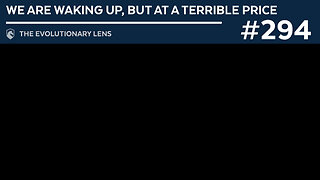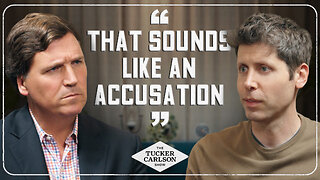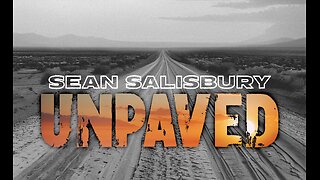Premium Only Content

Garland and Rooney appear in blackface
A Song and Dance with Controversy: Judy Garland, Mickey Rooney, and Blackface. Judy Garland and Mickey Rooney were Hollywood's golden children in the late 1930s and early 1940s. Their on-screen chemistry, a delightful blend of youthful energy and musicality, made them a box office sensation. However, their legacy is tarnished by the racist trope of blackface that appeared in several of their films, most notably "Babes in Arms" (1939).Their on-screen partnership wasn't a reflection of any deep personal connection. They were young co-stars, thrust together by MGM studios. There are reports of a playful rivalry but no evidence of a close friendship.The blackface scenes were a product of their time. Minstrel shows, theatrical presentations with white actors in blackface makeup and caricatured portrayals of African Americans, were still a part of American popular culture. Unfortunately, these scenes rely on racist stereotypes and perpetuate a demeaning image. In "Babes in Arms," both Garland and Rooney appear in blackface for an extended minstrel show sequence. This is far from the only instance. Similar scenes appear in other films like "Babes on Broadway" (1941) and "Holiday Inn" (1942). While these films were hugely popular in their day, today these scenes are rightly considered offensive.Modern audiences watching Garland and Rooney's films need to be aware of the historical context. These blackface scenes were wrong then and remain wrong today. However, appreciating the talent of Garland and Rooney doesn't require ignoring the problematic elements of their films.
-
 1:14:30
1:14:30
Redacted News
2 hours agoBREAKING! CHARLIE KIRK SHOT BY ASSASSIN IN UTAH, TRUMP CALLS FOR NATIONAL PRAYERS
141K240 -
 3:50:27
3:50:27
Right Side Broadcasting Network
8 hours agoLIVE REPLAY: Latest News from the Trump White House - 9/10/25
234K81 -
 1:12:05
1:12:05
vivafrei
5 hours agoLegacy Media is the Enemy of the People! Israel Stikes Qatar, U.S., Gets Mad! AOC So Stupid & MORE!
87.1K61 -
 52:13
52:13
The Quartering
4 hours agoRace War Nears, Russia Makes Huge Mistake, Fauci Bombshell & More
115K76 -
 LIVE
LIVE
Dr Disrespect
6 hours ago🔴LIVE - DR DISRESPECT - THE FINALS - NEW SEASON 8 LAUNCH EVENT W/ THE SHOTTY BOYS
1,201 watching -
 1:44:11
1:44:11
Darkhorse Podcast
4 hours agoWe are waking up, but at a terrible price: The 294th Evolutionary Lens with Bret Weinstein and Heather Heying
123K13 -
 11:49
11:49
Dr. Nick Zyrowski
9 days ago12 Unusual NAC ( N-Acetyl Cysteine) Questions Nobody Ever Answers
140K12 -
 1:03:45
1:03:45
Russell Brand
6 hours agoWW3 IMMINENT! Israel & Russia Strikes Leave World “ON THE BRINK” - SF631
234K70 -
 56:18
56:18
Tucker Carlson
4 hours agoSam Altman on God, Elon Musk and the Mysterious Death of His Former Employee
121K121 -
 1:12:40
1:12:40
Sean Unpaved
6 hours agoJalen Carter's 1-Game Suspension & The Pressure for Instant Greatness in Sports
92.6K5